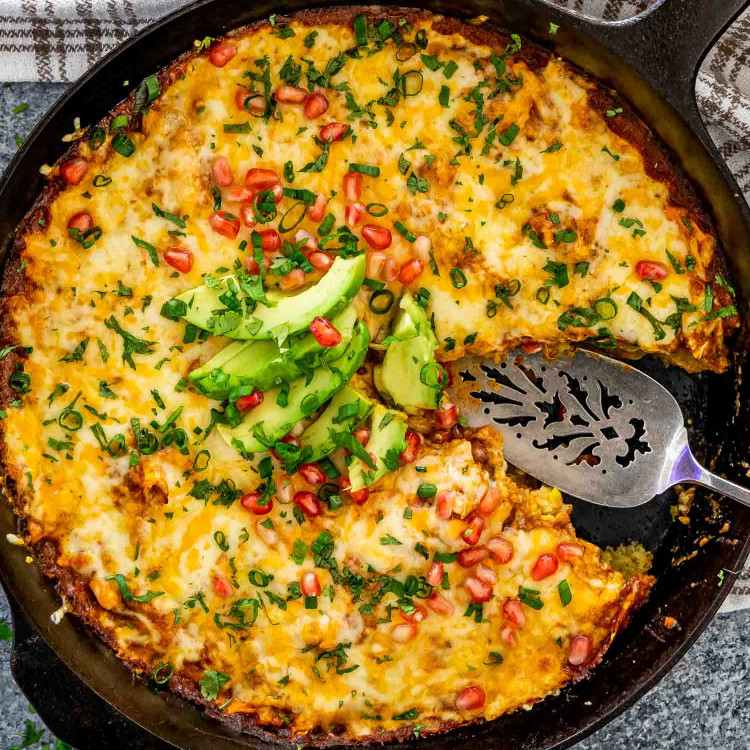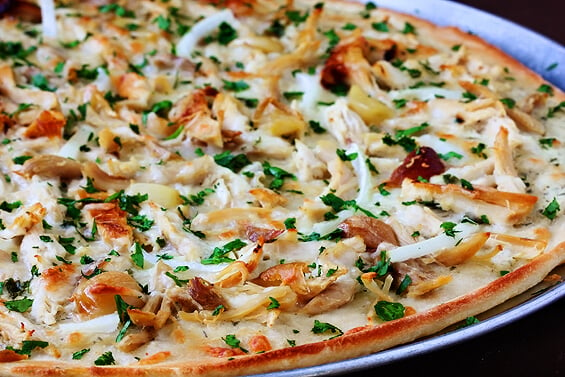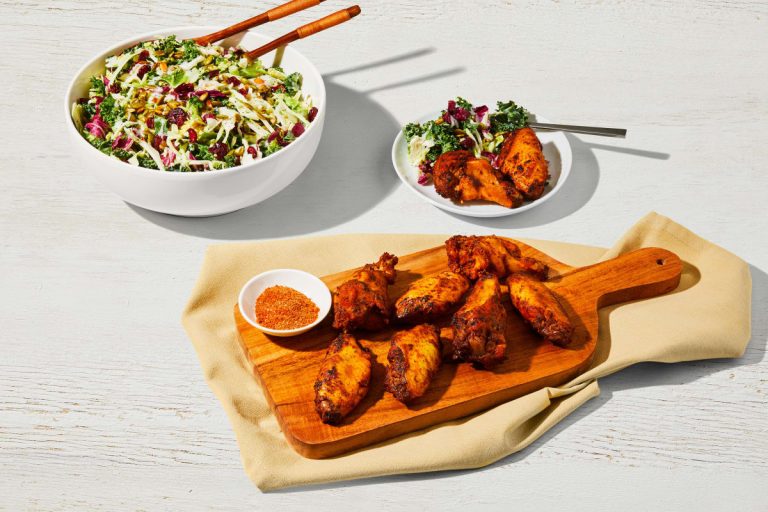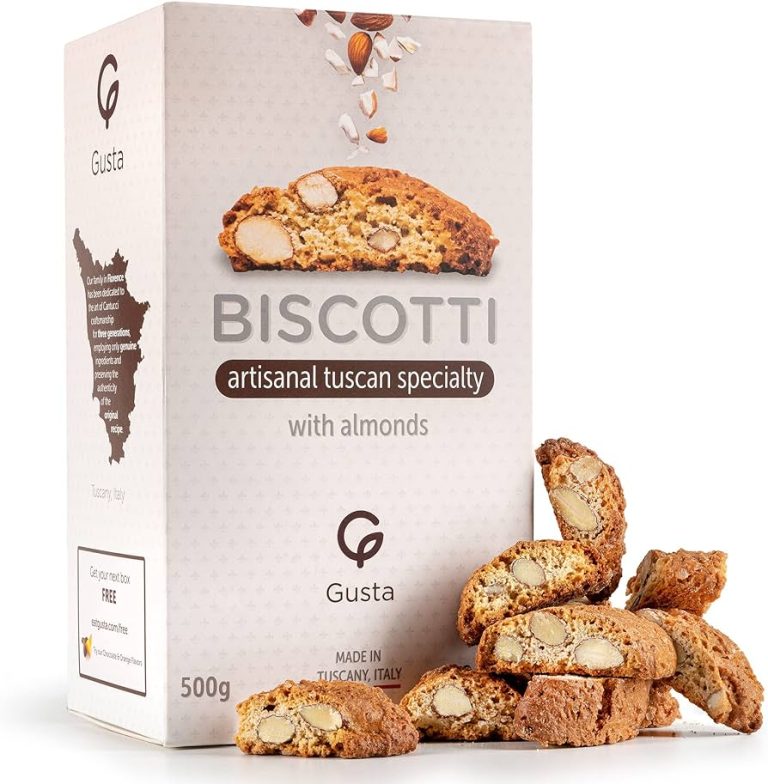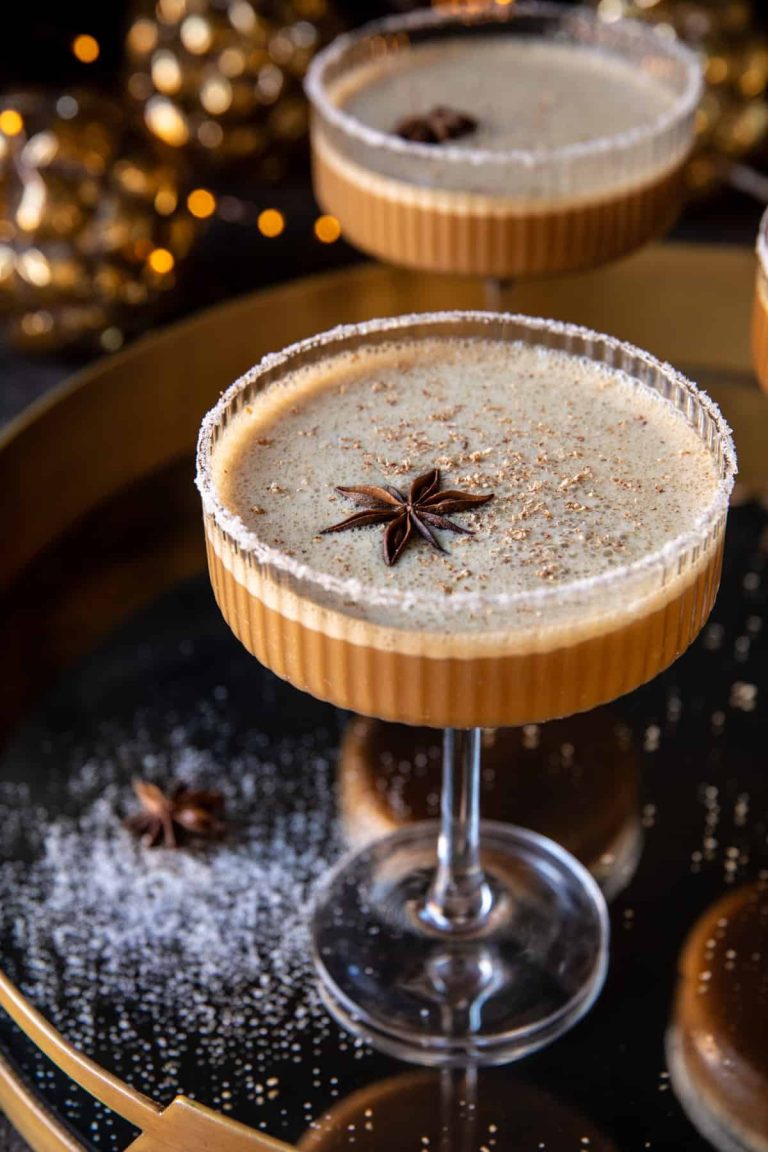Sous Vide Blade Roast With Rich Au Jus: A Complete Guide
Sous vide cooking involves vacuum-sealing food in a bag and immersing it in a water bath maintained at a precise temperature. This method ensures even cooking from edge to edge. Professional chefs often use sous vide cooking to maintain consistency and texture in dishes. It’s particularly effective for tough cuts of meat, as the controlled temperature breaks down connective tissues without overcooking.
Benefits of Blade Roast in Sous Vide
Blade roast, also known as chuck roast, is an economical cut from the shoulder of the cow. Due to its high amount of collagen and connective tissue, it becomes tender and flavorful when cooked low and slow. Sous vide enhances these qualities by cooking the blade roast at a consistent temperature, allowing the collagen to convert into gelatin.
Benefits of using sous vide for blade roast include:
- Tenderness: Cooking at a controlled temperature ensures the meat becomes tender.
- Flavor Infusion: Vacuum-sealing allows the meat to marinate in its juices, intensifying the flavor.
- Juiciness: The slow, even cooking retains moisture, preventing dryness.
For instance, cooking a blade roast sous vide at 140°F (60°C) for 24-48 hours produces a melt-in-your-mouth texture while preserving its rich flavor.
Preparing Your Blade Roast for Sous Vide
Necessary Equipment and Ingredients
To start sous vide cooking, you’ll need some specific tools and ingredients for success.
Equipment:
- Sous Vide Machine: Controls the water temperature precisely.
- Vacuum Sealer: Removes air from the vacuum bag to ensure even cooking.
- Vacuum Bags: Holds the blade roast and seasonings securely.
- Large Pot or Sous Vide Container: Holds the water for the sous vide process.
Ingredients:
- Blade Roast (Chuck Roast): Choose a high-quality cut, preferably 2-3 pounds.
- Kosher Salt and Black Pepper: For fundamental seasoning.
- Garlic Cloves: Minced, to enhance flavor.
- Fresh Herbs (e.g., Rosemary, Thyme): Adds aromatic complexity.
- Olive Oil: Coats the roast for additional flavor and helps in the sear.
- Beef Broth or Stock: Essential for the au jus.
- Red Wine: Optional but enhances the depth of the au jus.
Step-by-Step Preparation Guide
Follow these steps to prepare your blade roast for sous vide cooking.
- Season the Roast: Start by seasoning the blade roast generously with kosher salt and black pepper. Add minced garlic and fresh herbs, ensuring even distribution.
- Pre-sear (Optional): This step isn’t mandatory, but you can sear the roast in a hot pan with olive oil. Sear all sides to develop a crust, enhancing the flavor.
- Vacuum-seal the Roast: Place the seasoned roast in a vacuum bag. Add a sprig of your selected fresh herb and a tablespoon of olive oil. Use the vacuum sealer to remove as much air as possible and seal the bag tightly.
- sous vide Cooking: Fill your large pot or sous vide container with water, and set your sous vide machine to 140°F (60°C). Submerge the vacuum-sealed bag ensuring it’s fully immersed in the water bath. Cook for 24-48 hours depending on your texture preference.
- Finish Searing: Once the sous vide process is complete, remove the roast from the bag and pat it dry with paper towels. Heat a skillet over high heat with some olive oil, then sear the roast for 1-2 minutes on each side until browned.
- Prepare Au Jus: While the roast rests, pour the cooking juices from the vacuum bag into a saucepan. Add beef broth or stock, and if using, add red wine. Simmer the mixture for about 10 minutes until it reduces and thickens slightly.
This preparation ensures your blade roast absorbs flavors deeply and cooks evenly, resulting in a tender and delicious meal.
Cooking Blade Roast Sous Vide
Optimal Temperature and Time
Cooking blade roast sous vide requires precise temperature and time control for optimal results. Set your sous vide device to 140°F (60°C). This temperature ensures the meat becomes tender while retaining a medium-rare finish. Cook the roast for 24-48 hours to allow for thorough tenderization and flavor absorption.
Use the lower end of the time range (24 hours) if you’re seeking a firmer texture. Extend to 48 hours if you prefer a more tender and succulent roast. Adjust the cooking time based on your texture preference and oven settings.
Tips for Maintaining Consistent Cooking
Maintaining consistent cooking conditions is crucial in sous vide technique. Ensure the water bath remains at a constant temperature by using a well-insulated container. Check the water level periodically during long cooking times to prevent evaporation from affecting the thermal consistency.
Seal the vacuum bag properly to avoid water ingress, which can alter cooking outcomes. Pre-seal the bag with sufficient seasonings and eliminate air pockets. Position the bag in the water bath ensuring it’s fully submerged with minimal movement.
Regularly calibrate your sous vide machine to maintain accuracy. Even minor deviations from the target temperature can impact the texture and flavor of the meat. Keep your sous vide device clean and well-maintained for reliable performance.
Making the Perfect Au Jus
Ingredients for a Flavorful Au Jus
To create a rich and flavorful au jus, you need simple yet essential ingredients. Gather the following:
- Beef drippings: Collect from the blade roast after cooking.
- Red wine: Use 1 cup for enhancing depth.
- Beef broth: Add 2 cups for a robust base.
- Onion: Use 1, finely chopped.
- Garlic: Include 3 cloves, minced.
- Thyme: Add 1 teaspoon for an aromatic touch.
- Worcestershire sauce: Incorporate 1 tablespoon for umami flavor.
- Salt and pepper: Adjust to taste.
Techniques for Au Jus Preparation
Begin by heating a large skillet over medium heat. Add beef drippings, then sauté onions and garlic until they become translucent. Pour in red wine and reduce by half, letting the alcohol evaporate. Add beef broth, thyme, and Worcestershire sauce. Simmer the mixture for 10-15 minutes to meld flavors. Strain the liquid through a fine-mesh sieve to achieve a smooth consistency. Season with salt and pepper to enhance taste if needed.
Serving and Presentation Ideas
Accompaniments and Wine Pairings
Pairing accompaniments and wines with your sous vide blade roast elevates the dining experience. Vegetables like roasted carrots, parsnips, and Brussels sprouts provide complementary textures and flavors. Mashed potatoes or a creamy polenta work well as starchy sides, balancing the rich au jus and tender meat.
Suggested wines include bold reds. Cabernet Sauvignon, Merlot, and Zinfandel are excellent options due to their robust profiles, which complement the depth of flavors in the blade roast and au jus. For white wine enthusiasts, an oaked Chardonnay pairs nicely, offering a rich contrast to the savory elements of the meal.
Tips for Plating
Plating your sous vide blade roast enhances its visual appeal. Slice the roast against the grain for tender servings. Arrange slices slightly overlapping on a large serving platter. Pour the au jus over the roast or serve it in a gravy boat on the side for guests to add as desired.
Garnish with fresh herbs like parsley or thyme for a pop of color and aroma. Serving individual portions? Place slices on warm plates, add a spoonful of au jus, and accompany with a portion of your chosen side dishes. For an elegant look, consider a drizzle of balsamic glaze or a sprinkle of truffle salt.
Conclusion
Mastering the sous vide blade roast with au jus elevates your culinary skills and transforms a tough cut into a tender, flavorful masterpiece. The precise control over temperature and time ensures each bite is perfectly cooked, while the rich au jus enhances the dish’s depth. Pairing it with the right sides and wine creates a memorable dining experience. Remember to slice against the grain and garnish thoughtfully for a visually appealing presentation. With these techniques, you’ll impress your guests and enjoy a restaurant-quality meal at home. Happy cooking!

